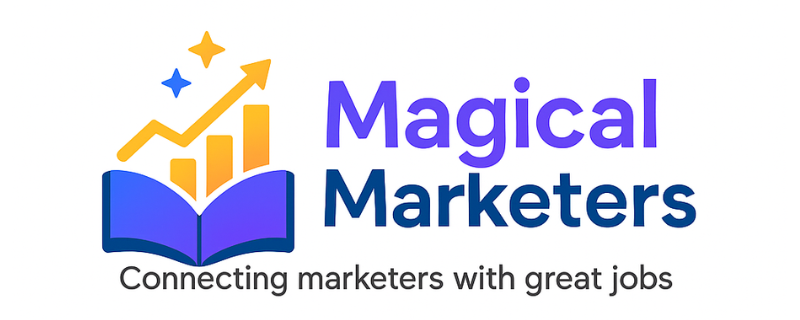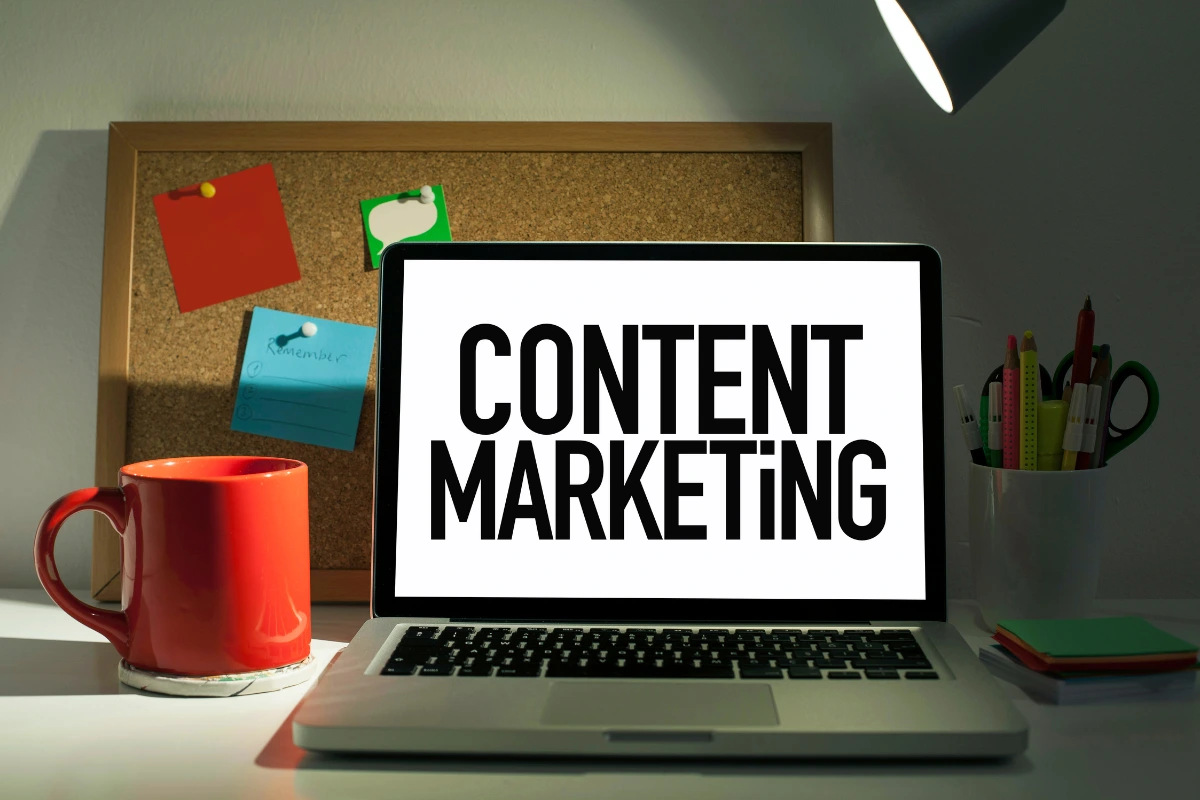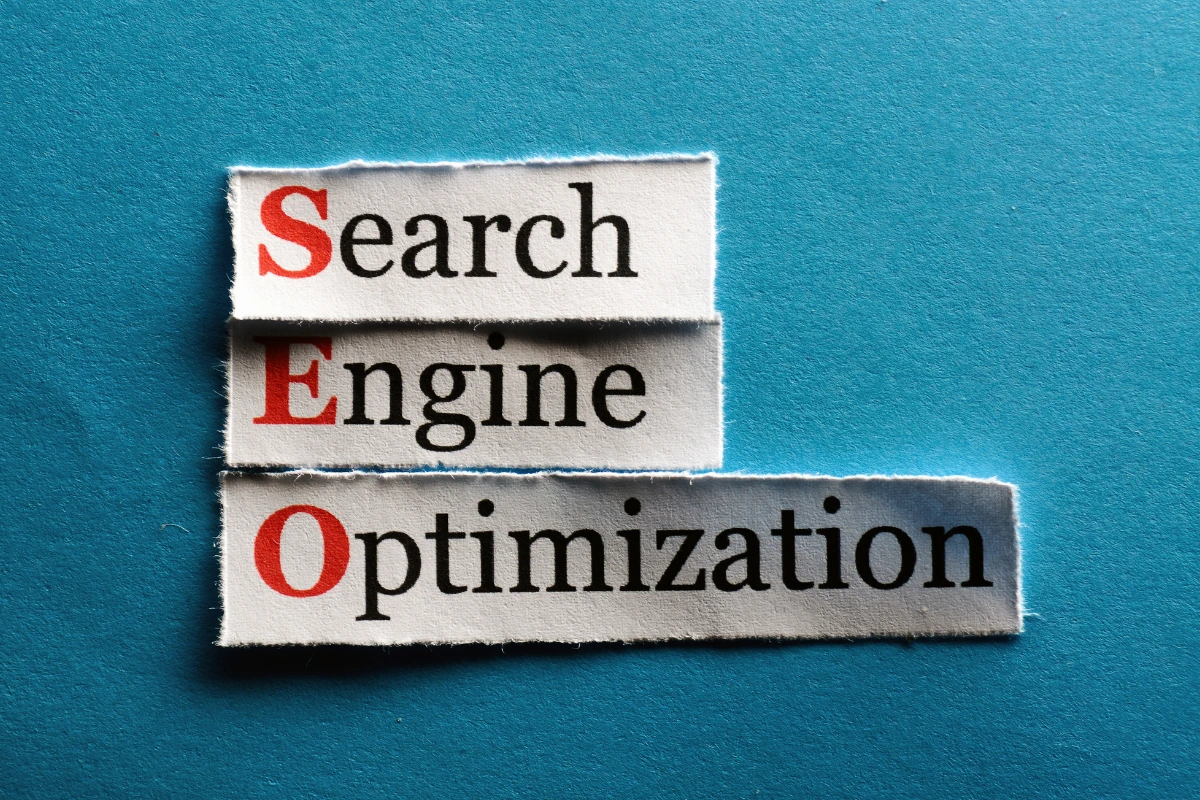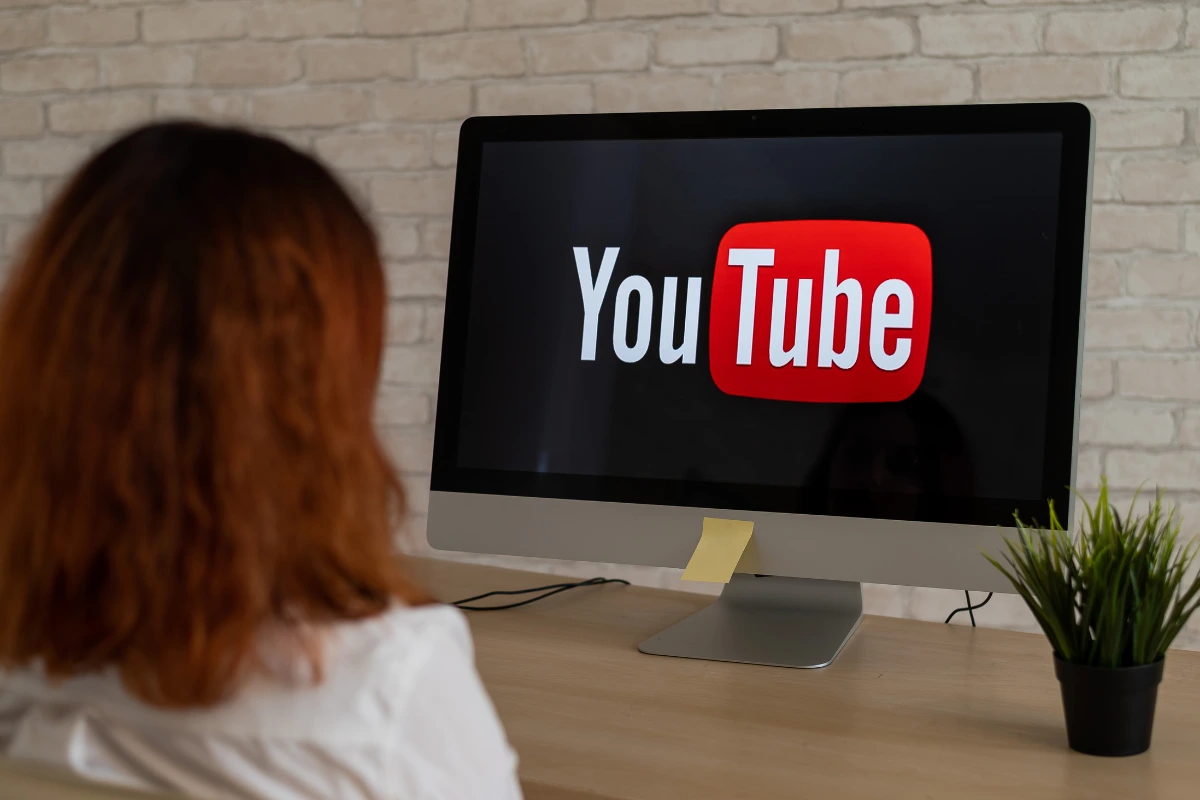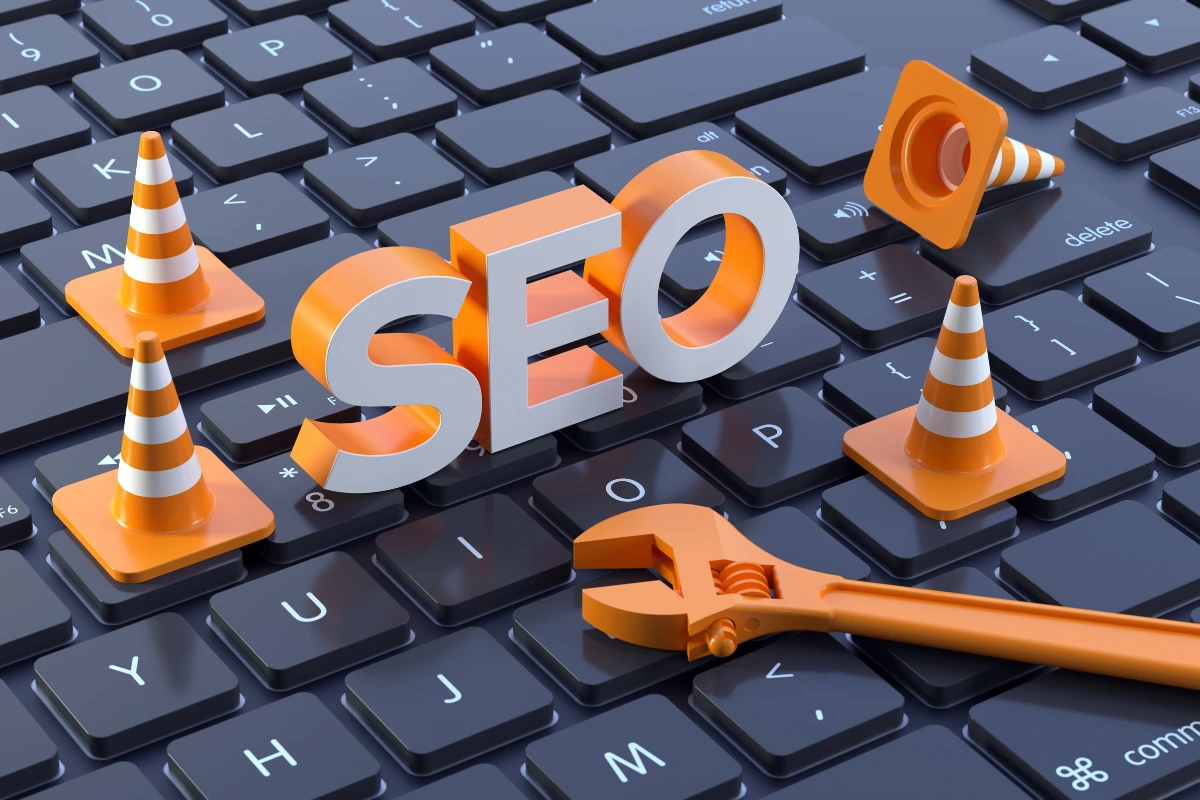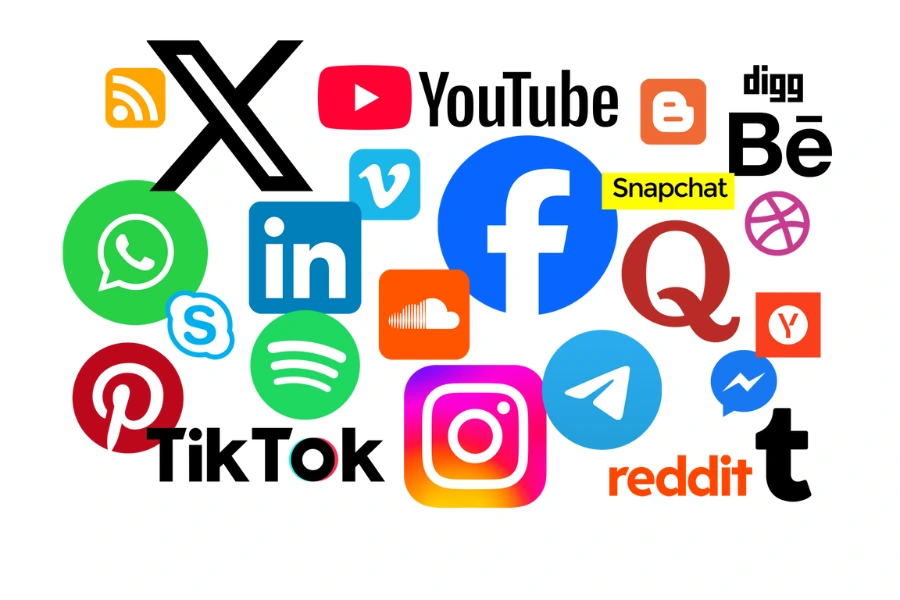Which On-Page Element Carries the Most Weight for SEO?
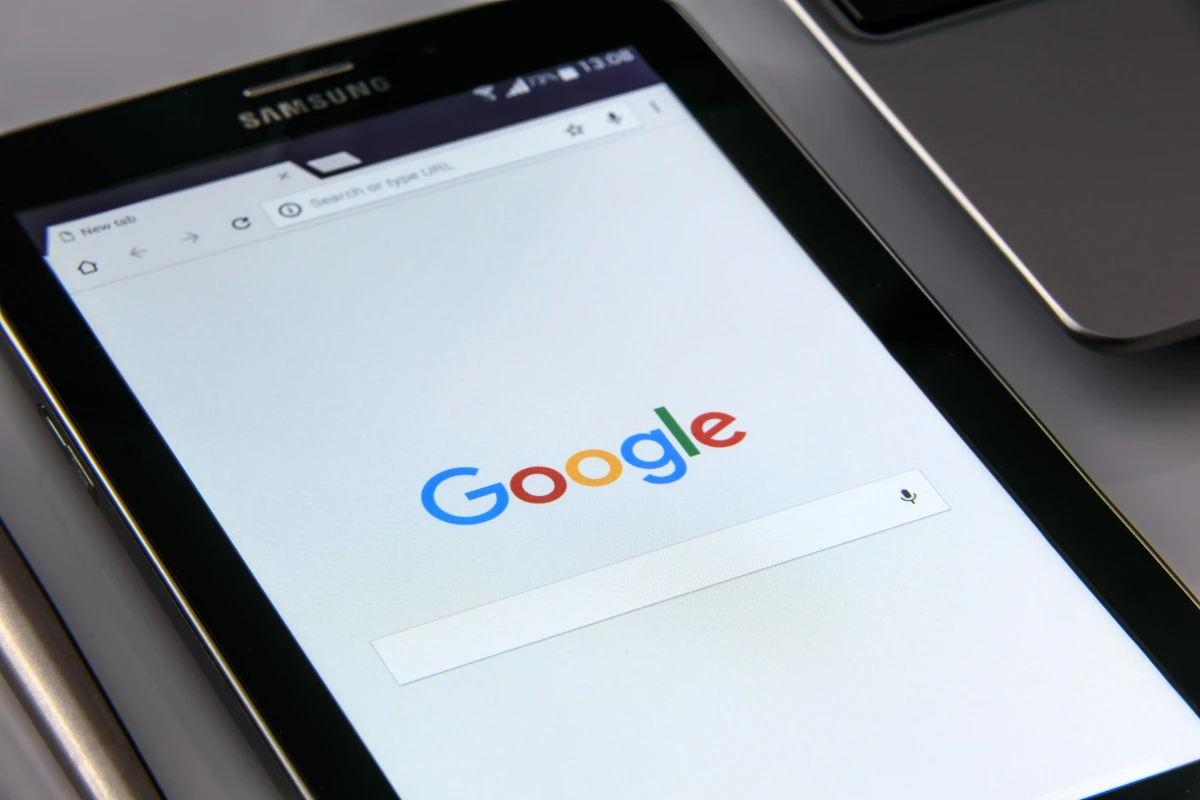
When it comes to on-page SEO, understanding which elements carry the most weight can make a big difference in how well your website ranks on search engines. On-page SEO refers to optimising elements on your website to improve visibility, drive traffic, and provide value to users. These elements are entirely within your control, making them essential for a solid SEO strategy.
This guide will explain the most impactful on-page SEO elements in simple terms, so whether you’re a beginner or an experienced website owner, you’ll walk away with clear action steps to optimise your site.
What Is On-Page SEO?
Before diving into specific elements, let’s quickly understand what on-page SEO is. On-page SEO focuses on optimising individual pages of your website to rank higher and earn more traffic in search engines. It involves:
- Content optimisation
- HTML tags
- Internal linking
- User experience (UX)
While off-page SEO (like backlinks) also plays a role, on-page elements are the foundation. Without them, even the best off-page SEO efforts might not succeed.
The Most Important On-Page SEO Elements
Search engines like Google evaluate many on-page elements to determine your page’s relevance and quality. Below, we’ll explore the key on-page SEO elements and which ones carry the most weight for SEO success.
1. Title Tags: The First Impression for Search Engines
The title tag is one of the most critical on-page SEO elements. It’s the clickable headline that appears on search engine results pages (SERPs).
Why Is It Important?
- First Point of Contact: It tells search engines and users what your page is about.
- Direct Ranking Signal: Search engines prioritise keywords in title tags.
- Improves Click-Through Rate (CTR): A compelling title can attract more clicks.
Best Practices for Title Tags:
- Keep it between 50-60 characters to avoid truncation.
- Place the primary keyword close to the beginning.
- Write titles that are relevant and engaging for users.
- Avoid keyword stuffing.
Example: For a page targeting the keyword “Best SEO Tools,” an optimised title tag could be: “Best SEO Tools for 2024: Top Picks for Marketers”
2. Content: The Heart of SEO
Content is undeniably one of the most weighted on-page SEO elements. High-quality, relevant, and engaging content satisfies both users and search engines.
Why Is It Important?
- Matches User Intent: Search engines aim to provide users with the most relevant content.
- Supports Keywords: Content is where you incorporate keywords naturally.
- Encourages Backlinks: Valuable content is more likely to attract backlinks.
Best Practices for Content:
- Focus on user intent (informational, transactional, or navigational).
- Use headings and subheadings to organise content (e.g., H1, H2, H3).
- Aim for a readability level appropriate for your audience (simple for general audiences, detailed for professionals).
- Include visuals like images, infographics, and videos.
- Update content regularly to keep it relevant.
3. Meta Descriptions: Boosting CTR
Meta descriptions are the short snippets under your title tag in SERPs. Although they’re not a direct ranking factor, they influence click-through rates, which can indirectly impact rankings.
Why Is It Important?
- Encourages Clicks: A well-crafted meta description can entice users to click on your link.
- Summarises Content: Helps users understand what the page is about.
Best Practices for Meta Descriptions:
- Keep it between 150-160 characters.
- Include the primary keyword.
- Use action-oriented language to encourage clicks.
Example: For the keyword “Best SEO Tools,” a good meta description could be: “Discover the best SEO tools to improve your website’s rankings in 2024. Compare top features and pricing in this comprehensive guide.”
4. Headings (H1, H2, H3): Structuring Your Content
Headings help structure your content and improve readability. The H1 tag serves as the main title of your page, while H2, H3, and other headings organise subsections.
Why Is It Important?
- Improves Readability: Helps users scan your content quickly.
- Provides Context: Indicates the main topics to search engines.
- Boosts Keyword Placement: A natural way to incorporate keywords.
Best Practices for Headings:
- Use only one H1 tag per page.
- Include the main keyword in the H1.
- Use H2 and H3 tags to break content into sections.
Example: If your H1 is “Best SEO Tools for 2024,” a related H2 could be: “How to Choose the Right SEO Tool for Your Needs.”
5. URL Structure: Keep It Simple and Descriptive
Your page’s URL plays a significant role in SEO and user experience. A clean and descriptive URL helps users and search engines understand your content.
Why Is It Important?
- Improves Usability: Easy-to-read URLs are more user-friendly.
- Boosts Relevance: Keywords in URLs can signal relevance to search engines.
Best Practices for URLs:
- Keep URLs short and descriptive.
- Include target keywords.
- Avoid unnecessary words or symbols.
Example: Instead of: www.example.com/page123?abc Use: www.example.com/best-seo-tools
6. Internal Links: Building a Strong Website Structure
Internal links connect your pages, helping users and search engines navigate your site. They distribute “link equity” and signal the importance of pages.
Why Is It Important?
- Improves Crawling: Helps search engines index your site more effectively.
- Distributes Authority: Passes link equity between pages.
- Enhances User Experience: Guides users to related content.
Best Practices for Internal Links:
- Use descriptive anchor text (e.g., “Learn more about SEO” instead of “Click here”).
- Link to relevant pages.
- Avoid overloading a page with too many links.
7. Images and Alt Text: Enhancing User Experience
Images make your content visually appealing, but they also need optimisation to avoid slowing down your site.
Why Is It Important?
- Improves Accessibility: Alt text helps visually impaired users.
- Boosts Image SEO: Optimised images can rank in image search.
- Reduces Bounce Rate: Engaging visuals keep users on your page longer.
Best Practices for Images:
- Use compressed images to improve load time.
- Write descriptive alt text with keywords.
- Use relevant file names.
Example: Instead of: IMG12345.jpg Use: best-seo-tools-2024.jpg
Mobile-Friendliness: A Non-Negotiable Factor
With the majority of searches happening on mobile devices, mobile-friendliness is a crucial on-page element.
Why Is It Important?
- Direct Ranking Factor: Google prioritises mobile-friendly websites.
- Improves User Experience: Ensures users can navigate your site easily on smaller screens.
Best Practices for Mobile Optimisation:
- Use a responsive design that adapts to all screen sizes.
- Test your site using Google’s Mobile-Friendly Test.
- Ensure buttons and text are easy to interact with on mobile devices.
9. Page Speed: Faster Is Better
Page speed refers to how quickly your page loads for users. A slow site can frustrate visitors and harm your rankings.
Why Is It Important?
- Direct Ranking Factor: Google prioritises fast-loading pages.
- Reduces Bounce Rate: Faster load times keep users engaged.
Best Practices for Page Speed:
- Compress images.
- Use browser caching.
- Minimise JavaScript and CSS files.
10. Keyword Optimisation: The Core of SEO
Strategically placing keywords throughout your content signals relevance to search engines.
Why Is It Important?
- Matches Search Queries: Keywords align your page with user intent.
- Improves Relevance: Search engines use keywords to understand your content.
Best Practices for Keyword Optimisation:
- Place primary keywords in:
- Title tag
- Meta description
- Headings
- First 100 words of content
- Avoid keyword stuffing; focus on natural usage.
11. User Experience (UX): Satisfying Visitors
A positive user experience leads to higher engagement and better SEO outcomes.
Why Is It Important?
- Indirect Ranking Signal: Google rewards sites that meet user expectations.
- Reduces Bounce Rate: Happy users stay longer on your site.
Best Practices for UX:
- Ensure easy navigation.
- Use clear call-to-actions (CTAs).
- Provide relevant content without distractions.
Which Element Carries the Most Weight?
While all these elements contribute to SEO success, content carries the most weight. It’s the backbone of your website and directly impacts how users and search engines perceive your page. However, content alone isn’t enough. Combining it with optimised title tags, meta descriptions, headings, and a mobile-friendly design creates a winning SEO strategy.
Final Thoughts
On-page SEO is about balance. Each element works together to help your website rank better and provide value to users. Focus on creating high-quality content supported by optimised titles, URLs, headings, and fast-loading pages. Keep user intent at the forefront, and your website will see steady growth in search rankings and traffic.
Calling all Marketers!
🔴 Are you tired of searching for the perfect job?
Whether you're into content writing, SEO, social media, graphic design, or video editing—full-time, freelance, remote, or onsite—we've got your back!
👉 We post over 30 job opportunities every single day. Yes, every day (all verified).
Join the most reliable and fastest-growing community out there! ❤️
And guess what? It’s FREE 🤑
✅ Join our WhatsApp Group (Click Here) and Telegram Channel (Click Here) today for instant updates.
